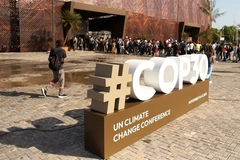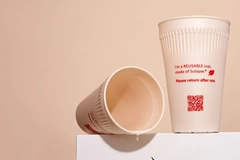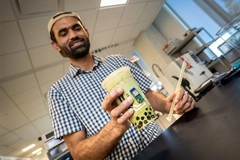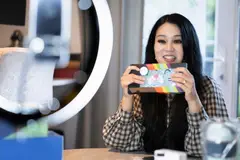Premium e-commerce packaging: Elevating brand experience and environmental sustainability
Key takeaways
- E-commerce packaging is becoming a tool for brand storytelling and consumer engagement through the unboxing experience.
- Companies like Sappi Europe, Mondi, and Reedbut combine aesthetics, sustainability, and performance to meet modern expectations.
- The future of premium packaging lies in creative, collaborative, and personalized designs that balance functionality and emotional connection.
Online shopping is changing the way consumers engage with brands, positioning premium e-commerce packaging as a means of protection and a tool for connection and brand storytelling through the unboxing experience.
More companies are combining aesthetics with sustainability and performance. Packaging Insights speaks to Sappi Europe, Mondi, and Reedbut to discuss how the boom of e-commerce is rearranging priorities in packaging development.
“Premium e-commerce packaging needs to satisfy three parallel demands,” shares Brian Wright, sales director of label papers and packaging at Sappi Europe.
The first one is delight and brand storytelling, which involves “visually strong surfaces, finishes, textures, and personalized touches (printing, inside-box art, notes) that create a memorable, shareable unboxing moment.”
The second demand is protection and logistics performance. According to Wright, it means corrugated structures and liners that can survive multiple handlings and transportation stresses so the product arrives undamaged.
The other one is sustainability expectations — materials and solutions that are recyclable, responsibly sourced, and perceived as environmentally responsible by consumers. “Modern premium packaging must balance prestige with clear sustainability credentials,” says Wright.
Visual appeal
Lucien Spooner, marketing manager at Reedbut Group, highlights that the rise of unboxing content on social media has underscored how critical e-commerce packaging is in shaping brand perception and customer experience.
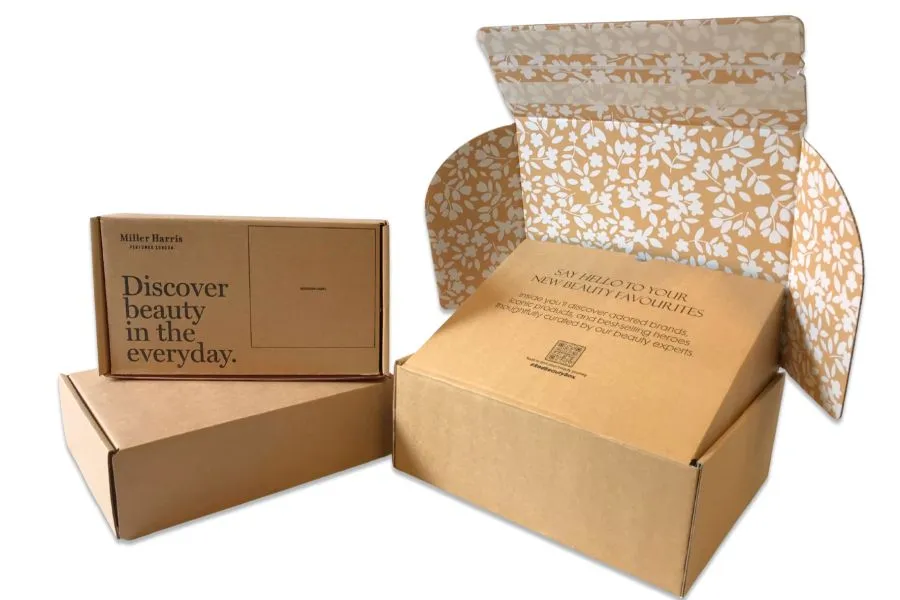 Reedbut suggests that leveraging design to deliver aesthetic and practical value is a key trend in e-commerce packaging (Image credit: Reedbut).“Consumers now expect a memorable interaction around the packaging, rather than just a protective box to deliver a product.”
Reedbut suggests that leveraging design to deliver aesthetic and practical value is a key trend in e-commerce packaging (Image credit: Reedbut).“Consumers now expect a memorable interaction around the packaging, rather than just a protective box to deliver a product.”
At Sappi Europe, innovation has taken a tactile turn. The company offers a complete premium liner portfolio under its Fusion brand, which is known for its “brilliant whiteness and exceptional surface consistency.”
“Our latest addition to the range, Fusion Embossed, is enabling brands to unleash bold brand expression through two distinct finishes (linen and denim), adding a tactile visual appeal to Fusion’s superior printability and performance consistency,” shares Wright.
“The portfolio supports flexo, offset, and digital printing, helping brands add personal touches recommended for memorable unboxing.”
Advancing eco-conscious solutions
While aesthetics play an essential role in capturing attention and building connections, sustainability remains a key trend.
“Customers expect packaging to be recyclable in standard municipal streams, and consumers want simple recycling instructions. They also want to see a reduction in packaging materials in general,” says Wright.
“This supports the increasing trend to use renewable raw materials over plastics and materials that come from renewable, sustainable sources that enable smart, effective, and appropriate packaging solutions.”
Sappi Europe’s liners are made from renewable wood fibers from sustainably managed forests and are recyclable in regular waste paper streams.
“By using a premium topliner like Fusion, consistent, recognizable branding and enhanced shelf impact can be achieved without using or adding materials that compromise recyclability,” Wright furthers.
Reedbut is also enhancing its eco-conscious packaging solutions. Spooner suggests that improving circularity allows brands to meet the expectations of today’s more conscious consumer. “Rather than prioritizing appearance alone, today’s customers and brands are seeking the right balance of sustainability, usability, and visual appeal.”
Creativity and collaboration
The next generation of premium e-commerce packaging is focusing on creativity, indicates Armand Schoonbrood, chief operating officer for eCommerce at Mondi. 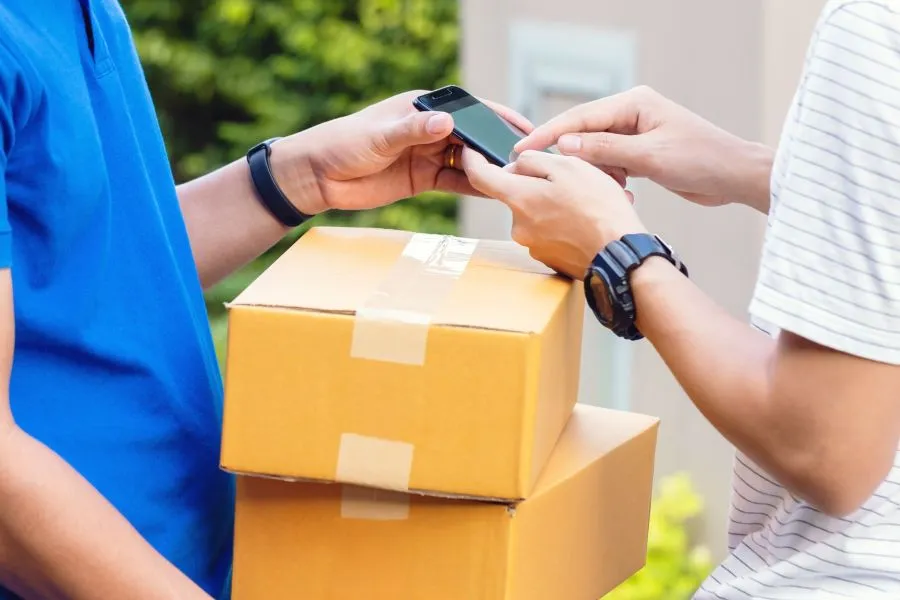 Companies aim to help retailers create packaging that is sustainable, agile and elevates the brand experience.
Companies aim to help retailers create packaging that is sustainable, agile and elevates the brand experience.
Last month, Mondi released its marketing campaign, Mondi Fashionverse, showcasing that the spirit of creativity and innovation found in fashion is also found in the Mondi packaging used to deliver it. “When done correctly, e-commerce packaging can positively impact repeat buying behavior,” says the company.
“Mondi shows that packaging is not only a vital first impression but also a lever for innovation and sustainability. We are here to collaborate with brands, whether established or emerging, to create packaging solutions that reflect their values and resonate with their customers,” Schoonbrood adds.
Sappi Europe echoes the importance of collaborative development. Richard Kretzmann, head of sales containerboard at the company, tells us: “Brand owners will continue seeking deeper engagement with their audiences, enhancing the unboxing experience to enrich their product proposition, while responding to the growing demand for both consumer- and legislation-led sustainable solutions.”
“This will translate to the generation of more creative, engaging, product-specific solutions that balance consumer experience with right-sized packaging, supporting packaging weight reduction, and the use of sustainable materials.”
Personalized messaging
Looking ahead, Kretzmann sees the e-commerce packaging market for premium products evolving in two possible design directions.
“In the future, either we will see a shift toward clean lines and minimalist design, driven by the desire to right-size packaging, or we will see a combination of nostalgic appeal and sustainable aesthetic deliver a more subtle design language,” he says.
“I could well imagine that the answer will be yes to both in every conceivable variation and combination, and the packaging design choices will be strongly aligned with the individual product identity.”
“All of which means that while core requirements of function and sustainability will always be included, individual packaging solutions will become more varied and unique,” Kretzmann concludes.

